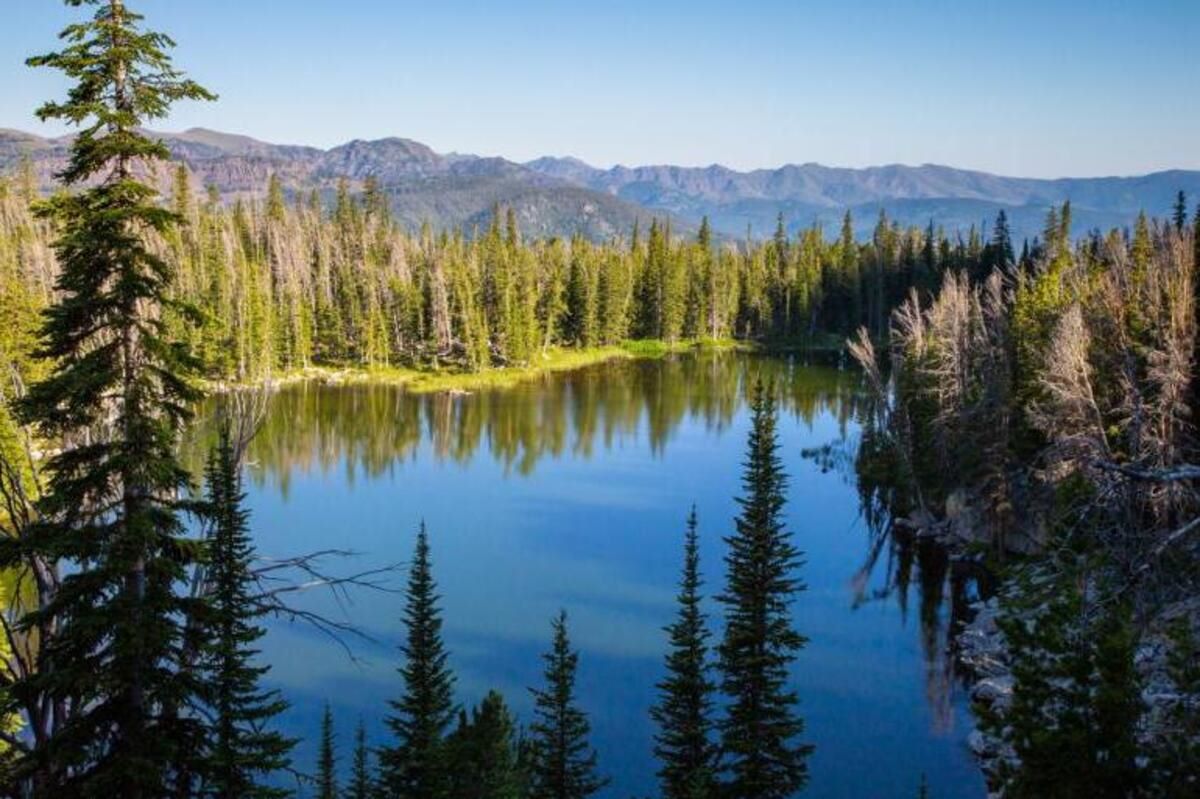Hidden Outposts Of The Bozeman Trail

Have you ever wondered about the hidden outposts of the Bozeman Trail? This historic route, stretching from Wyoming to Montana, holds many secrets waiting to be uncovered. Originally used during the gold rush, the trail is dotted with forts, trading posts, and ghost towns. Each stop along the way tells a story of pioneers, Native Americans, and soldiers. Imagine walking the same paths as those who sought fortune and adventure in the 1860s. Whether you're a history buff or just love a good road trip, exploring these hidden gems offers a unique glimpse into America's past. Ready to hit the trail?
Hidden Outposts of the Bozeman Trail
The Bozeman Trail, a historic route through the American West, holds many secrets. This trail, once a path for pioneers and gold seekers, now offers a glimpse into the past. Let's uncover some hidden outposts along this storied route.
Fort Reno
Fort Reno, established in 1865, played a crucial role in protecting travelers. Though it was abandoned just a few years later, its remains tell tales of bravery and hardship.
Fort Reno Ruins: These ruins offer a peek into the life of soldiers stationed here. The crumbling walls and scattered artifacts paint a vivid picture of the past.
Nearby Cemetery: A small cemetery near the fort holds the graves of soldiers and settlers. Each headstone tells a story of those who braved the frontier.
Fort Phil Kearny
Fort Phil Kearny, another key outpost, saw some of the fiercest battles between the U.S. Army and Native American tribes. Its history is both rich and tragic.
Visitor Center: The visitor center provides detailed exhibits about the fort's history. Interactive displays and artifacts bring the past to life.
Fetterman Battlefield: Just a short drive from the fort, this battlefield marks the site of a significant clash. Walking the grounds, one can almost hear the echoes of the past.
Fort C.F. Smith
Fort C.F. Smith, the northernmost post on the Bozeman Trail, was established to protect travelers from attacks. Its remote location made it a challenging place to live.
Fort Remnants: The remnants of Fort C.F. Smith include foundations and scattered artifacts. Exploring these ruins gives a sense of the isolation faced by its inhabitants.
Interpretive Signs: Throughout the site, interpretive signs provide context and stories. These signs help visitors understand the fort's role in the larger conflict.
Fort Laramie
Fort Laramie, though not directly on the Bozeman Trail, served as a major supply point. Its strategic location made it a bustling hub of activity.
Restored Buildings: Many of the fort's buildings have been restored to their original condition. Walking through these structures feels like stepping back in time.
Living History Programs: During certain times of the year, living history programs bring the fort to life. Reenactors in period dress demonstrate daily life at the fort.
Fort Caspar
Fort Caspar, named after Lieutenant Caspar Collins, offers a unique glimpse into the past. This fort, rebuilt on its original site, provides a tangible connection to history.
Reconstructed Fort: The reconstructed fort includes barracks, a commissary, and other buildings. Each structure is filled with period-appropriate furnishings and artifacts.
Museum Exhibits: The on-site museum features exhibits on the fort's history and the broader context of the Bozeman Trail. Interactive displays engage visitors of all ages.
Fort Bridger
Fort Bridger, founded by mountain man Jim Bridger, served as a vital resupply point. Its history spans multiple eras, from fur trading to military outpost.
Trading Post: The reconstructed trading post showcases the fort's early days. Artifacts and displays highlight the interactions between traders and Native Americans.
Military Barracks: The military barracks, added later, reflect the fort's evolution. These buildings provide insight into the daily lives of soldiers stationed here.
Fort Fetterman
Fort Fetterman, established to protect settlers, played a key role in the Indian Wars. Its remote location made it a challenging post for those stationed there.
Visitor Center: The visitor center offers exhibits on the fort's history and the broader conflict. Artifacts and displays provide a comprehensive overview.
Fort Ruins: The ruins of Fort Fetterman include foundations and scattered artifacts. Exploring these remains offers a glimpse into the harsh conditions faced by its inhabitants.
Fort Sanders
Fort Sanders, located near Laramie, Wyoming, served as a key supply point. Its strategic location made it an important outpost during the Indian Wars.
Historic Buildings: Several historic buildings remain at the site. These structures, though weathered by time, offer a tangible connection to the past.
Interpretive Trails: Interpretive trails wind through the site, providing context and stories. These trails help visitors understand the fort's role in the larger conflict.
Fort Hall
Fort Hall, originally a fur trading post, later became a key stop for travelers. Its history reflects the changing dynamics of the American West.
Trading Post Ruins: The ruins of the original trading post offer a glimpse into its early days. Artifacts and displays highlight the interactions between traders and Native Americans.
Historic Trails: Historic trails leading to and from the fort provide context. Walking these paths, one can imagine the footsteps of those who came before.
Discovering the Hidden Outposts
Exploring the hidden outposts of the Bozeman Trail offers a unique glimpse into American history. These lesser-known spots, like Fort Reno and Fort Phil Kearny, provide a rich tapestry of stories from the past. Visiting these sites, you can almost hear the echoes of pioneers and soldiers who once walked these grounds.
Each outpost has its own tale, from battles fought to the daily lives of those stationed there. Whether you're a history buff or just looking for a new adventure, these locations are worth the trip. They remind us of the challenges and triumphs faced during westward expansion.
Next time you're planning a trip, consider adding these hidden gems to your itinerary. You'll not only enjoy beautiful landscapes but also gain a deeper appreciation for the history that shaped this region.

